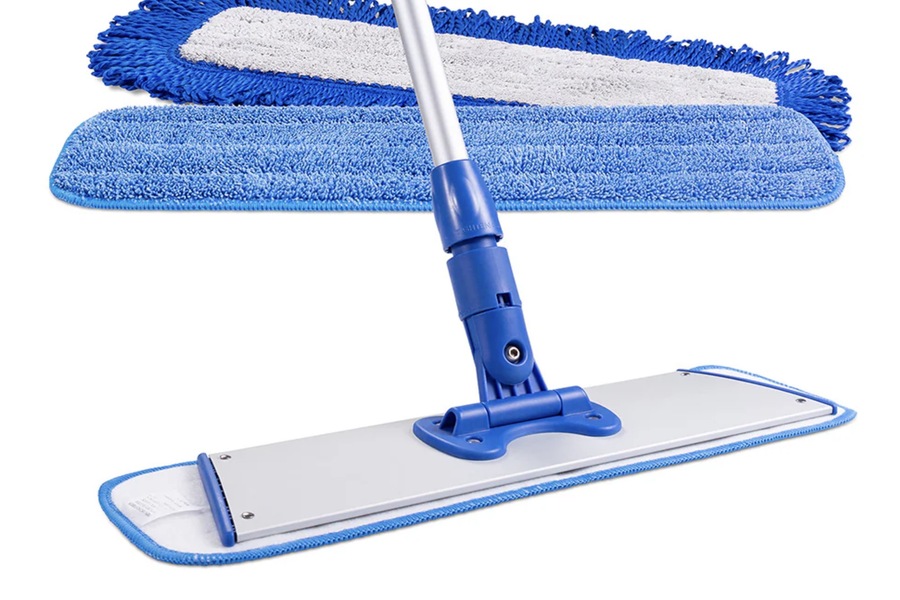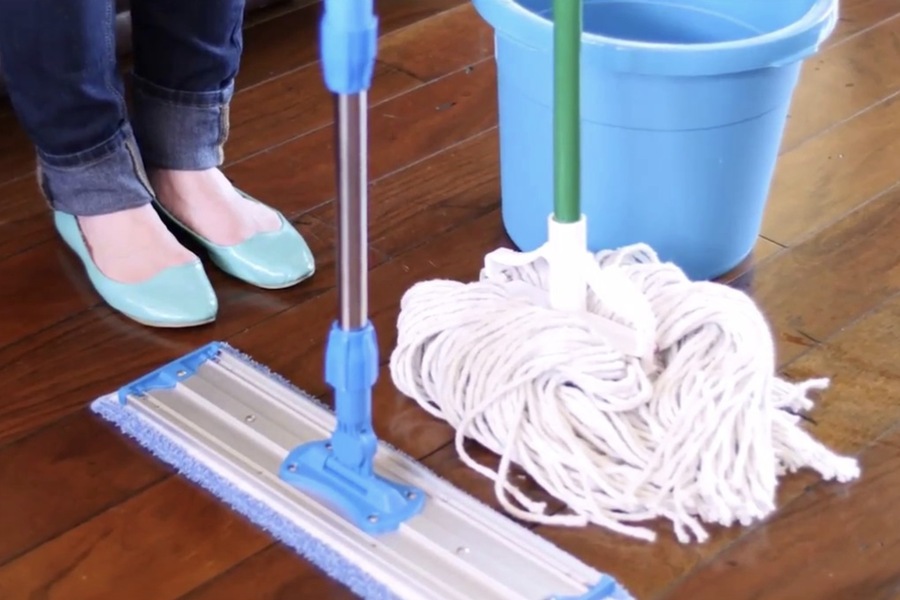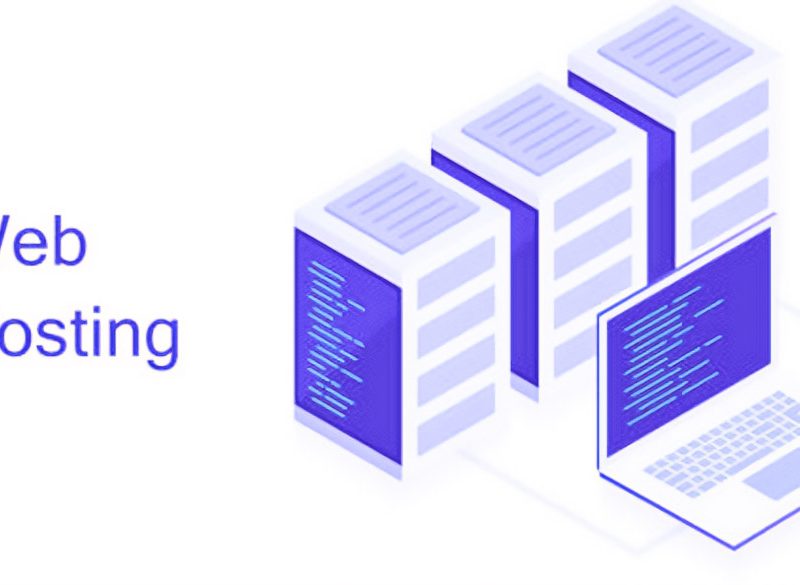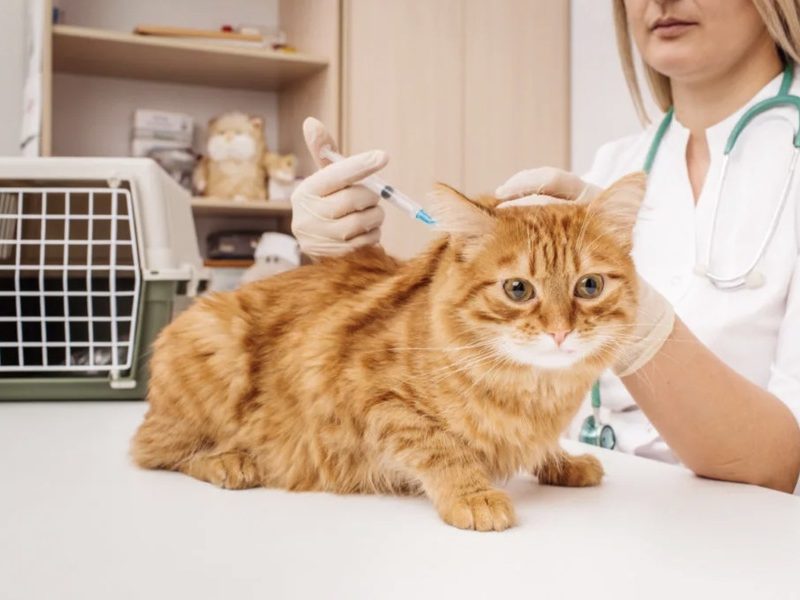Effective cleaning is crucial for maintaining hygiene standards in residential and commercial spaces; for businesses in Dubai and the UAE, where high cleanliness standards are a priority, training cleaning staff to use advanced tools like Filmop microfiber mops is essential. This article provides a comprehensive guide on training cleaning staff to use Filmop microfiber mops effectively, ensuring optimal performance, sustainability, and adherence to local hygiene regulations.
Offer Proper Training
Enhancing Cleaning Efficiency
Proper training ensures that cleaning staff can maximize the efficiency of Filmop microfiber mops. This leads to cleaner environments and can reduce cleaning time, allowing staff to cover more areas effectively.
Compliance with Hygiene Standards
Dubai and the UAE have stringent hygiene regulations, especially in public and commercial spaces. Training staff to use microfiber mops correctly ensures compliance with these standards, which is essential for maintaining public health and avoiding penalties.
Promoting Sustainability
Using Filmop microfiber mops reduces water and chemical usage. Proper training helps staff adopt sustainable cleaning practices that align with the UAE’s environmental conservation goals.

Introduction to Filmop Microfiber Mops
Begin training with an overview of microfiber technology. Explain that microfibers are synthetic fibers finer than a strand of silk, designed to capture dust, dirt, and bacteria effectively. Highlight the advantages of microfiber mops over traditional cleaning tools.
Features of Filmop Microfiber Mops
Discuss the specific features of Filmop microfiber mops, such as their durability, reusability, and ability to clean various surfaces. Emphasize the ergonomic design that reduces physical strain, making them ideal for extensive cleaning tasks.
Preparing for Training
Setting Up Training Sessions
Organize dedicated training sessions for cleaning staff. Ensure that these sessions are scheduled during times that do not interfere with regular cleaning duties. Providing a comfortable learning environment with necessary resources like mop samples, cleaning solutions, and instructional materials is essential.
Selecting Trainers
Choose experienced trainers who are familiar with both the Filmop microfiber mop and effective cleaning techniques. Trainers should be able to demonstrate proper usage, answer questions, and provide hands-on guidance to staff.
Training Modules
Module 1: Understanding Microfiber Mops
Microfiber Structure and Benefits
Explain the structure of microfiber and how it enhances cleaning efficiency. Discuss the benefits, including superior dirt and bacteria capture, reduced chemical usage, and environmental sustainability.
Types of Filmop Microfiber Mops
Introduce the different types of Filmop microfiber mops available, such as flat mops, looped-end mops, and specialty mops for specific surfaces. Highlight the appropriate use cases for each type.
Module 2: Proper Usage Techniques
Dry Mopping
Demonstrate how to use the microfiber mop for dry mopping. Emphasize moving the mop in an “S” pattern to capture dust and debris. Explain the importance of using the mop dry for dusting and light cleaning tasks.
Wet Mopping
Show how to use the mop for wet mopping. Explain the correct way to dampen the mop head and the amount of cleaning solution needed. Highlight the importance of wringing out excess water to prevent oversaturation of floors.
Module 3: Cleaning and Maintenance
Washing Microfiber Mop Heads
Teach staff how to wash and maintain microfiber mop heads. Explain that they should be washed separately from other laundry to avoid lint accumulation and that fabric softeners should be avoided as they can clog the fibers.
Drying and Storage
Instruct on the correct drying methods, preferably air drying, to maintain the integrity of the microfiber. Discuss proper storage techniques to keep mop heads clean and ready for use.
Module 4: Safety and Ergonomics
Ergonomic Handling
Discuss the ergonomic benefits of Filmop microfiber mops. Train staff on proper handling techniques to reduce physical strain and prevent injuries. Emphasize the importance of adjusting the mop handle to a comfortable height.
Safety Precautions
Outline safety precautions, such as wearing appropriate footwear to prevent slips and falls and ensuring that mop heads are not left on the floor where they can cause tripping hazards. Stress the importance of regular equipment checks to maintain safety standards.
Practical Training Sessions
Hands-On Practice
After theoretical training, provide hands-on practice sessions. Allow staff to practice both dry and wet mopping techniques under the supervision of trainers. This practical experience helps reinforce learning and builds confidence in using the mops.
Real-World Scenarios
Create real-world cleaning scenarios to simulate actual conditions staff will encounter. This includes high-traffic areas, different floor types, and various levels of dirt and debris. Practical application in realistic settings ensures staff are well-prepared for their daily tasks.
Monitoring and Evaluation
Regular Assessments
Regular assessments should be conducted to evaluate the effectiveness of the training program. Use both theoretical and practical tests to ensure staff thoroughly understand how to use the Filmop microfiber mop effectively.
Feedback Mechanisms
Implement feedback mechanisms to gather input from the cleaning staff. These can include surveys, suggestion boxes, and regular meetings. Use this feedback to continuously improve the training program.
Ongoing Training and Support
Refresher Courses
Schedule periodic refresher courses to reinforce proper usage techniques and introduce any new cleaning methods or equipment. This ensures that staff remain proficient and up-to-date with best practices.
Support Resources
Provide ongoing support resources, such as instructional videos, printed guides, and access to trainers for additional assistance. These resources help staff troubleshoot issues and maintain high cleaning standards.

Leveraging Technology
Digital Training Tools
Utilize digital training tools to enhance the learning experience. This can include online modules, video tutorials, and interactive quizzes. Digital tools provide flexibility and accessibility, allowing staff to learn at their own pace.
Monitoring and Reporting Software
Implement software solutions to monitor cleaning performance and report on hygiene standards. These tools can track mop usage, maintenance schedules, and compliance with cleaning protocols. Data-driven insights help identify areas for improvement and ensure consistency.
Aligning with Local Regulations
Understanding Local Hygiene Standards
Ensure that the training program aligns with local hygiene standards and regulations in Dubai and the UAE. Familiarize staff with these standards and explain how using Filmop microfiber mops helps achieve compliance.
Collaboration with Regulatory Bodies
Collaborate with local regulatory bodies to stay informed about any updates to hygiene standards. This ensures that the training program remains relevant and that staff are always equipped with the latest knowledge and techniques.
Promoting a Culture of Cleanliness
Encouraging Best Practices
Foster a culture of cleanliness by encouraging staff to adopt best practices consistently. Recognize and reward staff who demonstrate exceptional cleaning standards and adherence to protocols.
Conclusion
Training cleaning staff to use Filmop microfiber mops effectively is essential for maintaining high hygiene standards in both residential and commercial settings. By providing comprehensive training that includes understanding microfiber technology, proper usage techniques, cleaning and maintenance, safety, and ongoing support, organizations can ensure that their cleaning staff are well-equipped to perform their duties efficiently and effectively. This not only improves cleaning performance but also promotes sustainability, compliance with local regulations, and a healthier living environment. For businesses and households in Dubai and the UAE, investing in such training is crucial to achieving superior cleanliness and hygiene standards.

Soccer lover, ramen eater, guitarist, Bauhaus fan and multidisciplinary designer. Working at the intersection of modernism and programing to save the world from bad design. My opinions belong to nobody but myself.


